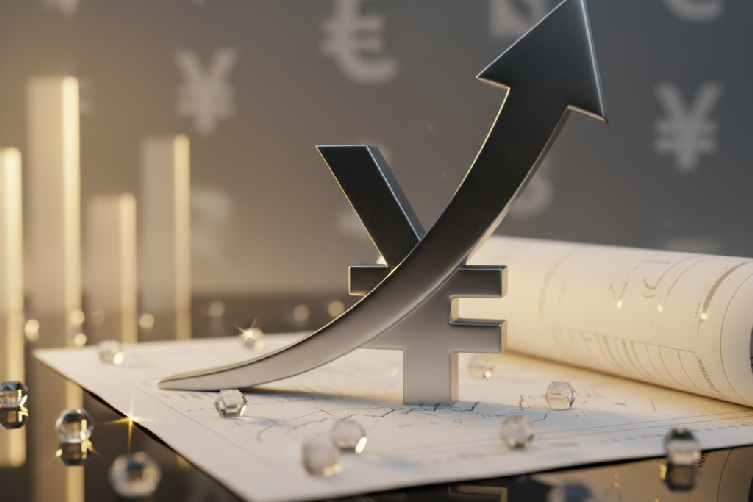What Is the JPN225 Index? A Comprehensive Guide

Ever wish you could track the heartbeat of Japan’s economy with a single, powerful tool? For investors, forex trading brokers, and financial enthusiasts, the JPN225 Index is exactly that.
Also known as the Nikkei 225, this index is Japan’s top stock market benchmark. It represents the performance of 225 of the nation’s most influential companies. Whether you’re a seasoned trader or just starting with online forex brokers, understanding the JPN225 is key to making smart investment decisions.
This guide will dive into what the JPN225 Index is, its rich history, how it’s calculated, and why it’s so important in the global financial world. By the end, you’ll see how this index can be a game-changer for your portfolio.
Introduction to the JPN225 Index
The JPN225 Index, most famously known as the Nikkei 225, is a price-weighted index that tracks 225 large, publicly-traded companies in Japan. Established back in 1950, it stands as one of the oldest and most respected indices in all of Asia.
Think of it as a barometer for the Japanese economy, closely watched by investors across the globe. Its influence reaches far beyond Japan, shaping global market trends and investment strategies. A stock market index is simply a measurement of a market section, and the JPN225’s unique focus on Japan’s top firms gives a clear snapshot of the country’s economic health.
Historical Background and Significance
The Nikkei 225 has a storied past that mirrors Japan’s economic journey. It was launched by the Nihon Keizai Shimbun (Japan Economic Newspaper) and has seen incredible highs and challenging lows.
- Launch and Early Years: The index began in 1950 to chart Japan’s post-war economic recovery. It quickly became a symbol of the country’s incredible industrial and technological boom through the 1950s and 60s.
- The Bubble Era: In the late 1980s, Japan’s asset bubble pushed the index to its all-time high of 38,957.44 in December 1989. This period of intense speculation, however, ended when the bubble burst in the early 1990s, triggering a long period of economic stagnation known as the “Lost Decade.”
- Resilience and Recovery: Despite the downturn, the JPN225 has shown incredible resilience. It has navigated global financial storms, including the 2008 recession, and remains a vital indicator of Japan’s economic performance today.
- Technology Sector: Dominated by giants like Sony and Panasonic, this sector highlights Japan’s leadership in electronics and innovation. With major advancements in robotics, AI, and consumer electronics, technology holds significant weight in the index.
- Automotive Industry: With world-renowned companies like Toyota and Honda, this sector reflects Japan’s global dominance in car manufacturing. The auto industry is a cornerstone of the economy, and its performance, including innovations in electric and hybrid vehicles, heavily influences the index.
- Financial Services: Key players like Mitsubishi UFJ Financial Group and Sumitomo Mitsui Financial Group represent Japan’s strong financial sector. This part of the index offers insights into the country’s banking and insurance industries, often influenced by economic policies.
- Consumer Goods: Companies such as Fast Retailing (the parent company of Uniqlo) anJapan’s robust presence in the global retail market. This sector provides a glimpse into consumer spending habits and trends within one of the world’s largest economies.

What Does the JPN225 Represent?
The JPN225 Index is composed of 225 of Japan’s most powerful companies, covering a wide range of sectors like technology, automotive, finance, and consumer goods. Its members include household names such as Toyota, Sony, and SoftBank.
This diverse composition makes the index a comprehensive reflection of the Japanese economy. For investors, understanding this makeup is crucial. It provides a broad overview that can help you target specific industries or simply invest in the wider Japanese market.
Sector Representation and Market Coverage
The performance of the JPN225 is driven by several key industries that showcase Japan’s economic strengths.
In conclusion, the JPN225 is more than just a number; it’s a dynamic and comprehensive look into the economic engine of Japan. For any trader or investor, keeping an eye on this index provides invaluable insights into market trends, corporate health, and potential opportunities within Japanese equities.